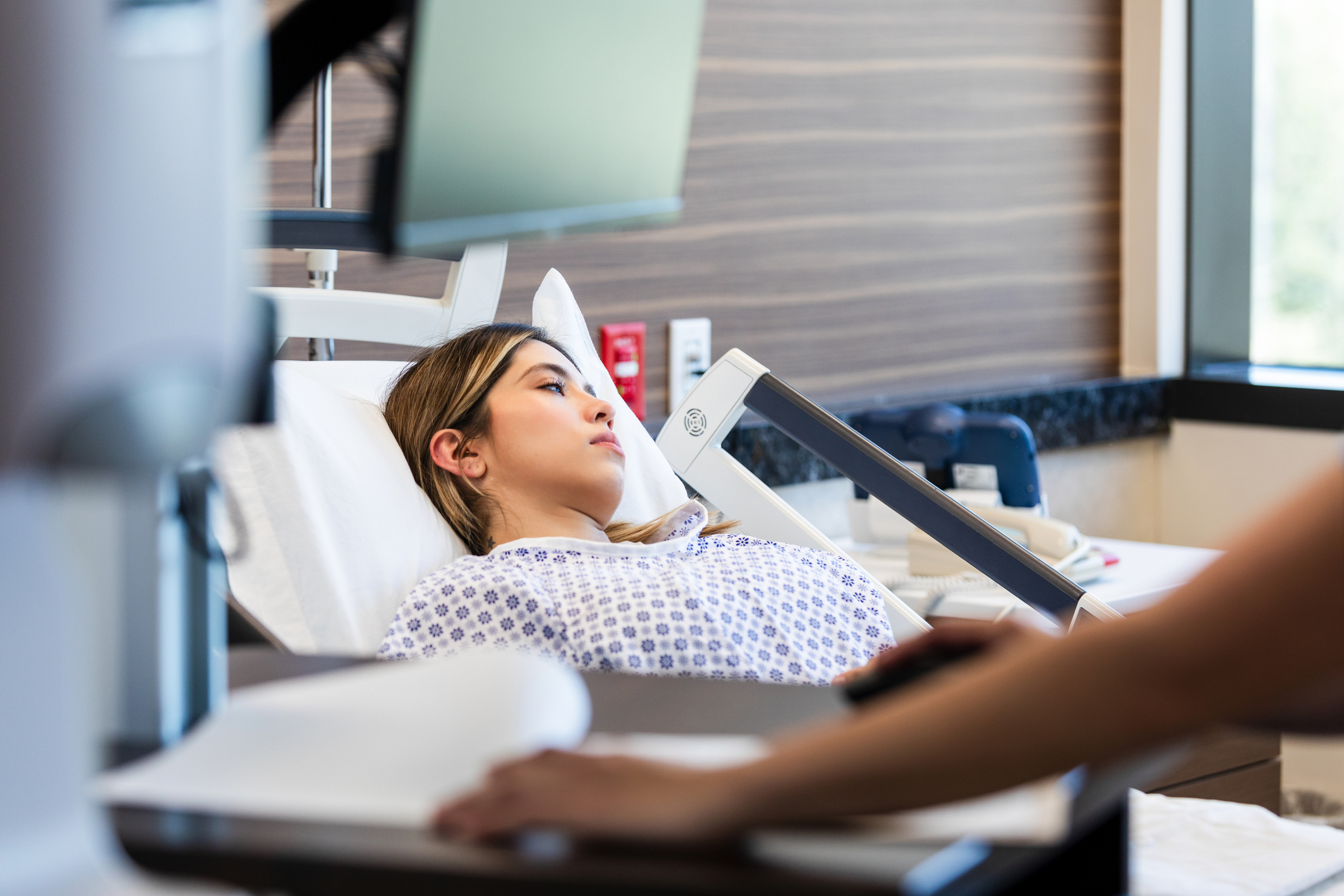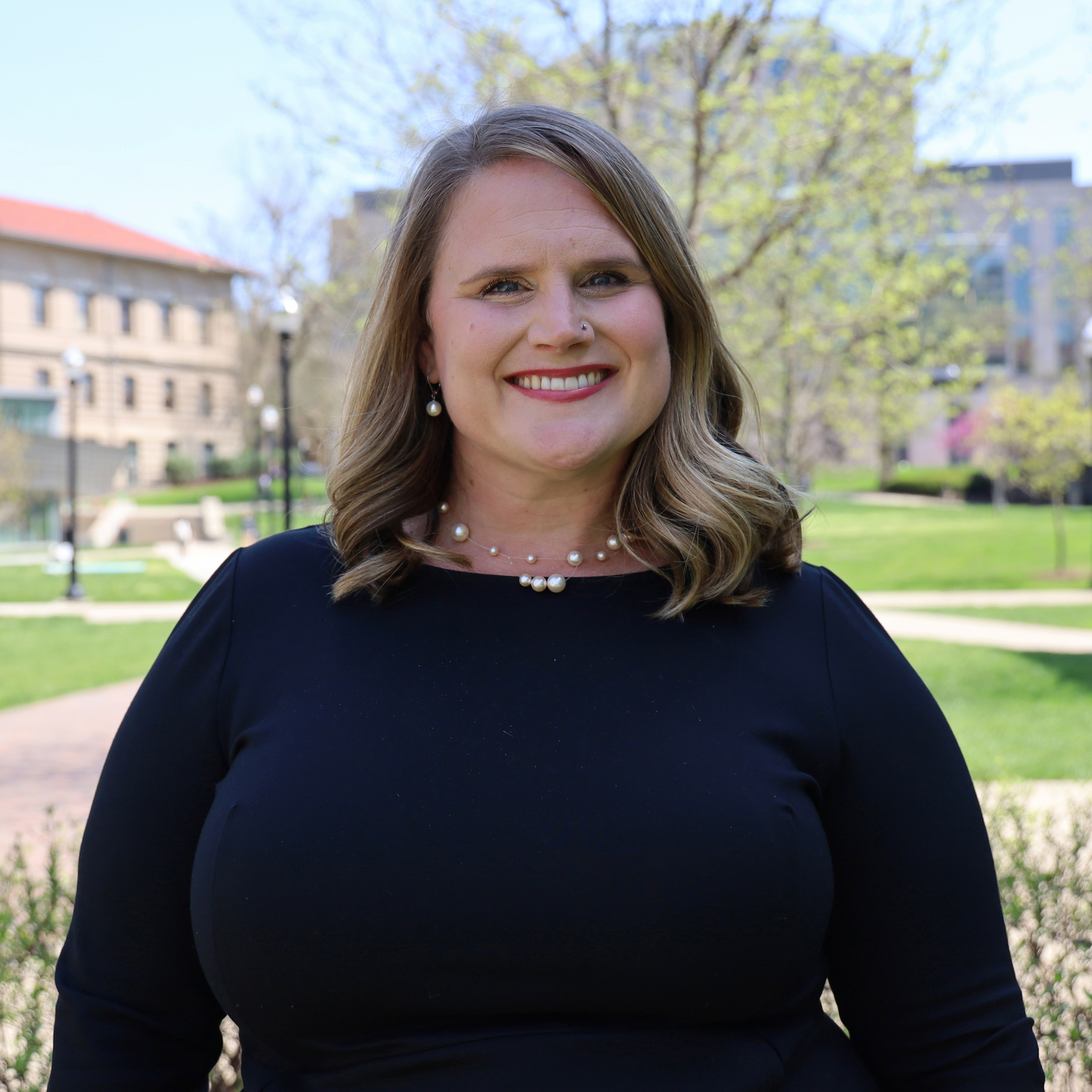How to treat opioid use disorder in health systems
Study details successful Ohio State effort
By Misti Crane

COLUMBUS, Ohio – Routinely offering and initiating medication-based treatment for those with opioid use disorder has the potential to save lives in health care settings throughout the country, according to the authors of a new study from The Ohio State University.
Their study, which appears in the journal Psychological Services, describes the successful implementation of a system-wide effort to improve patient care in Ohio.
Only a small proportion of eligible U.S. patients with opioid use disorder receive medication as a treatment option, in part because of significant barriers to access and the complex nature of their health struggles, said senior author Tory Hogan, an associate professor of health services management and policy at Ohio State’s College of Public Health.

Those seeking medication-based treatment, including buprenorphine and methadone, have historically had to go to dedicated opioid treatment programs that operate separately from other health care providers. That creates barriers both to initiating and continuing treatment for those who are hospitalized for other health conditions, Hogan said.
That’s why The Ohio State University Wexner Medical Center set out in 2019 to expand access to this type of care in emergency, inpatient and outpatient settings. Their goal, beyond making the medication available, was to provide coordinated care throughout the health system to increase the chances treatment would prove successful.
In the program’s first four years, medication for opioid use disorder was initiated in the system more than 4,900 times. Previous research from the team found a connection between medication initiation and reduced hospital readmissions.
“The development of new care approaches for complex patient populations requires deliberate, multidisciplinary work, and the process is not always smooth or linear,” said Brian O’Rourke, the paper’s lead author and a research associate at Ohio State’s College of Public Health.
“Our ongoing evaluation work on the program has shown that initiating medication for opioid use disorder is associated with important positive health care outcomes like reduced unplanned readmission rates,” O’Rourke said.
“The hope is this work can help other hospital systems around the country develop similar innovative care approaches to continue helping patients with opioid use disorder engage with treatment and experience better outcomes.”
Based on the experience at Ohio State, one of most significant challenges for health care organizations is inconsistent understanding about the disease among caregivers who don’t specialize in behavioral health, Hogan said.
“I commend the Ohio State senior leadership for taking the time to learn about and address this issue. Ensuring a widespread high level of comfort and understanding of how these medications work will be something all health systems will need to focus on,” she said.
Emergency departments, in particular, can be an excellent place to identify patients who might benefit from treatment who are coming in for a multitude of other reasons, Hogan said.
“Oftentimes it’s a good inception point for people who want to change lifestyles,” she said, adding that patients who are experiencing opioid withdrawal symptoms during hospitalization may be more inclined to give the medications a try.
Keys to success, based on the experience at Ohio State, include leadership buy-in and support, and coordination between units in the organization, according to the new study. At Ohio State, 11 staff hired to support the effort included peer supporters, care coordinators and social workers.
“You have support to get people to the table regularly to work on this goal – team meetings including all the divisions coming together and being flexible in order to make the project a success and improve patient care,” Hogan said.
Other Ohio State researchers who worked on the study are Aaron Clark, Martin Fried, Orman Trent Hall, Jennifer Hefner, Phuong Huynh, Emily Kauffman, Alison Miller, Julie Teater and Margaret Williams.
About The Ohio State University College of Public Health
The Ohio State University College of Public Health is a leader in educating students, creating new knowledge through research, and improving the livelihoods and well-being of people in Ohio and beyond. The College's divisions include biostatistics, environmental health sciences, epidemiology, health behavior and health promotion, and health services management and policy. It is ranked 22nd among all colleges and programs of public health in the nation, and first in Ohio, by U.S. News and World Report. Its specialty programs are also considered among the best in the country. The MHA program is ranked 5th and the health policy and management specialty is ranked 21st.